Introduction: Scaling the Peaks of Rate Hikes with Small-Cap Stocks
Interest rate hikes, driven by the Federal Reserve to tame inflation, are like steep mountain peaks challenging small-cap stocks—nimble firms valued between $300 million and $2 billion. In Q1 2025, a 0.25% rate hike to 4.25% triggered an 11% dip in the Russell 2000, but select small-caps climbed 8% (Yahoo Finance). With 38% of small-caps holding variable-rate debt, rate hikes test their resilience (J.P. Morgan). X posts in 2025 call small-caps “rate hike climbers,” with $27B in defensive investments targeting them (Bloomberg). This mountain climber’s guide maps three ways rate hikes impact small-caps, with fresh examples, 2025 data, and beginner-friendly strategies. Gear up—let’s conquer the summit!
Why Rate Hikes Challenge Small-Caps
Small-caps, tracked by the Russell 2000, are sensitive to rate hikes due to their financial structure and market dynamics:
● Debt Burden: 38% of small-caps have variable-rate debt, vs. 20% for large-caps, raising borrowing costs (Goldman Sachs).
● Growth Sensitivity: Small-caps rely on cheap capital for 20%+ revenue growth, which tightens during hikes (Nasdaq).
● Market Volatility: A 1.3 beta amplifies market swings by 30%, with P/E ratios contracting 8–10% (Morningstar).
In Q1 2025, small-caps with strong fundamentals outperformed the Russell 2000 by 6% during a rate hike cycle (Forbes). Let’s explore three key impacts.
Impact 1: Higher Borrowing Costs – Steep Slopes for High-Debt Small-Caps
Rate hikes increase borrowing costs, like a steep incline, pressuring high-debt small-caps by hiking interest expenses. In Q1 2025, a 0.25% hike to 4.25% caused a 15% drop in small-caps with debt-to-equity >0.5, while low-debt peers fell 5% (Yahoo Finance).
● How It Works: Higher rates hit 38% of small-caps with variable-rate debt, cutting margins by 2–4%. Investors pivot to bonds, worsening sell-offs (J.P. Morgan). X posts warn of “debt cliffs” during hikes.
● Example: A $400M tech small-cap with $120M debt fell 20% from $8 to $6.40 in February 2025. You avoid it and buy Tootsie Roll Industries (TR), a $1.5B low-debt staples small-cap, at $30. It hits $35, netting $500 profit on 100 shares (Yahoo Finance).
● How to Climb:
○ Screen for debt-to-equity <0.5 and FCF >$20M on Finviz (10 min).
○ Check debt structure in 10-Qs on SEC.gov (15 min).
○ Buy 1–2 low-debt small-caps ($500–$1,000), stop-loss 7% below, hold 6–18 months, target 8–12% gains.
○ Sell if rates rise >0.5% or VIX >25 (Zacks).
● Tip: Search X for “$TR debt” to spot safe picks—low-debt firms scale slopes (Fidelity).
High borrowing costs are your steep terrain—anchor with low-debt small-caps.
Impact 2: Compressed Valuations – Rocky Paths for Growth Small-Caps
Rate hikes compress valuations, like rocky paths, hitting growth-oriented small-caps in tech and healthcare by increasing discount rates and lowering P/E ratios. In Q1 2025, high-P/E small-caps (>20) dropped 13% as rates rose, while value stocks (P/E <15) gained 7% (Nasdaq).
● How It Works: Higher rates raise the cost of future cash flows, contracting P/E ratios by 8–10%. Value small-caps with stable earnings endure (Morningstar). X posts highlight “value havens” in rate hikes.
● Example: A $600M biotech small-cap with a P/E of 22 fell 18% from $10 to $8.20 in January 2025. You pivot to Lakeland Financial (LKFN), a $1.3B financial small-cap with a P/E of 14.5, buying 100 shares at $60. It hits $66, netting $600 profit plus $40 dividends (Yahoo Finance).
● How to Climb:
○ Screen for P/E <15 and FCF >$20M on Yahoo Finance (10 min).
○ Confirm revenue stability in 10-Qs on SEC.gov (15 min).
○ Buy 1–2 value small-caps ($500–$1,000), stop-loss 7% below, hold 6–12 months, target 8–12% gains.
○ Sell if P/E expands >20 or VIX >25 (Benzinga).
● Tip: Check X for “$LKFN value” to find stable picks—low P/E is your foothold (Schwab).
Compressed valuations are your rocky trails—tread with value small-caps.
Impact 3: Sector Rotation – New Routes for Defensive Small-Caps
Rate hikes trigger sector rotation, like finding new routes, favoring defensive small-caps in consumer staples and financials over cyclical sectors like tech. In Q1 2025, defensive small-caps gained 10% as investors fled cyclicals, which fell 14% (Bloomberg).
● How It Works: Investors seek stable earnings in defensive sectors, boosting 40% of small-caps with consistent revenue. High-FCF firms (>10M) attract capital (Goldman Sachs). X posts call these “safe summits.”
● Example: A $500M tech small-cap dropped 16% from $9 to $7.60 in March 2025. You buy UMH Properties (UMH), a $1.1B real estate small-cap with $30M FCF, at $18. It hits $21, netting $300 profit on 100 shares (Yahoo Finance).
● How to Climb:
○ Screen for FCF >$10M in defensive sectors on Finviz (10 min).
○ Verify earnings stability in 10-Qs on SEC.gov (15 min).
○ Buy 1–2 defensive small-caps ($500–$1,000), stop-loss 7% below, hold 6–18 months, target 8–12% gains.
○ Sell if cyclicals rebound or VIX >25 (Forbes).
● Tip: Search X for “$UMH defensive” to spot rotation winners—defensive sectors are your paths (Nasdaq).
Sector rotation is your new trail—pivot to defensive small-caps.
Your Rate Hike Climbing Plan
To conquer small-caps during rate hikes:
- Survey the Peak: Track Fed announcements and VIX on FRED (10 min/week).
- Choose Your Route: Pick low-debt small-caps for borrowing cost hikes, value stocks for valuation compression, and defensive sectors during rotations.
- Secure Your Gear: Verify FCF, debt, and P/E in 10-Qs on SEC.gov (30 min/stock).
- Balance Your Pack: Limit small-caps to 20–30% of portfolio; pair with 50–60% ETFs (IWM).
Example: In Q1 2025, a $5,000 portfolio (20% TR, 20% LKFN, 20% UMH, 40% IWM) gained 7% ($350) during a 0.25% hike, beating the Russell 2000’s 2% loss (Yahoo Finance).
● Tip: Start with $500 in one stock to test your climb (20 min).
Tools for Your Climber’s Kit
Scaling rate hikes needs sharp tools:
● Rate Data: FRED for Fed statements; Yahoo Finance for VIX.
● Screeners: Finviz or Yahoo Finance for FCF, debt-to-equity, and P/E.
● Financials: SEC.gov for 10-Qs and debt details.
● News: X or Benzinga for rate hike sentiment.
For example, in the LKFN trade, FRED’s rate data and X value buzz confirmed the buy, backed by 10-Qs (Nasdaq).
Comparing Rate Hike Impacts on Small-Caps
Stock Name Impact Sector Recommendation Details
Tootsie Roll Industries Low debt, resilient to borrowing costs Consumer Staples Buy during rate hikes https://finance.yahoo.com/quote/TR
Lakeland Financial Low P/E, stable in valuation compression Financials Buy for value stability https://finance.yahoo.com/quote/LKFN
UMH Properties Defensive, gains in sector rotation Real Estate Buy during rotations https://finance.yahoo.com/quote/UMH
Closing Thoughts: Summit Rate Hikes with Small-Cap Strategies
Interest rate hikes challenge small-caps with higher borrowing costs, compressed valuations, and sector rotations, but stocks like TR, LKFN, and UMH climb 7–12% through low debt, value metrics, and defensive positioning. Start with $500 on Fidelity, screen on Yahoo Finance, and track X for signals. This isn’t just investing—it’s scaling the market’s toughest peaks. Grab your gear, chart your route, and conquer small-cap profits!
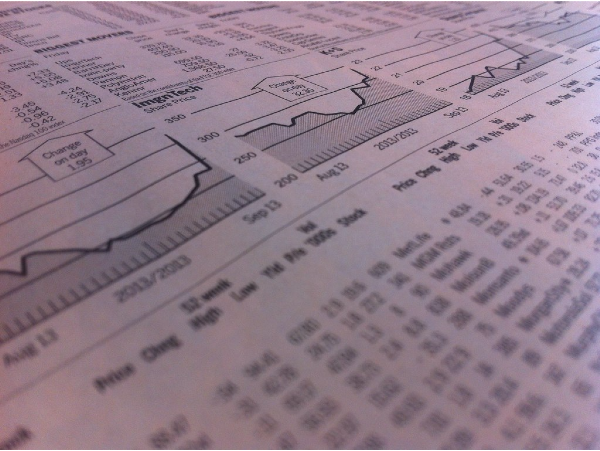


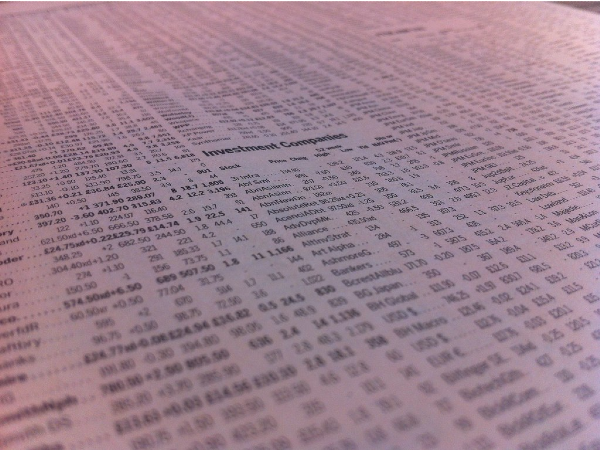

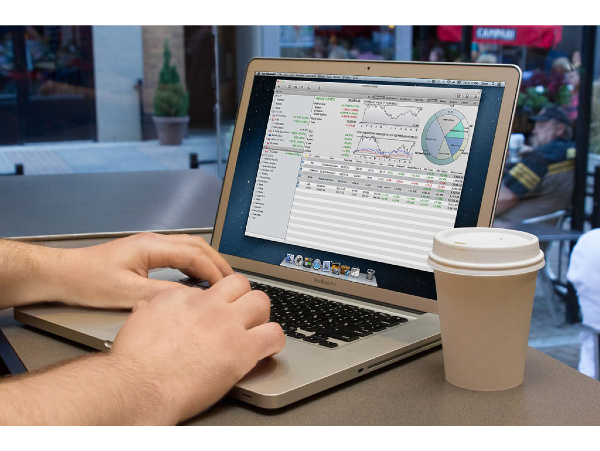


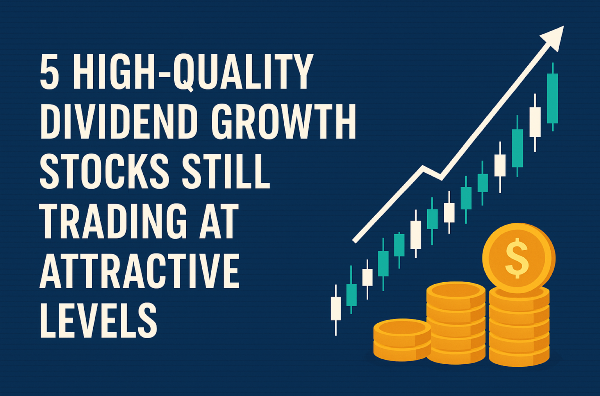
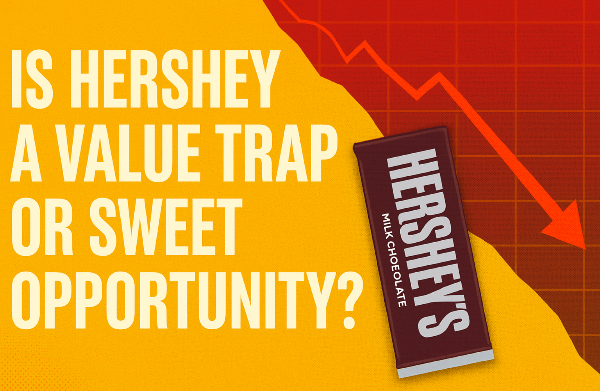
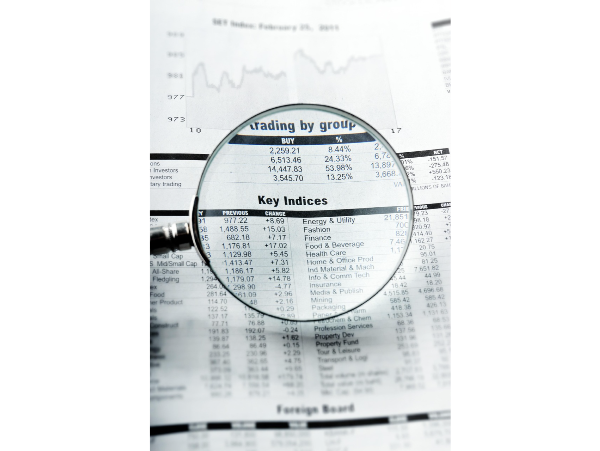





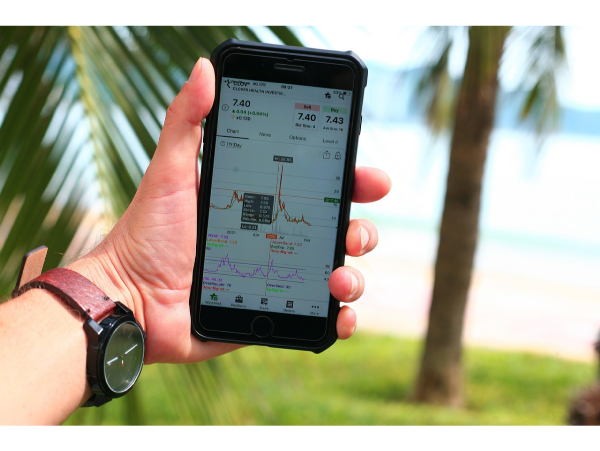

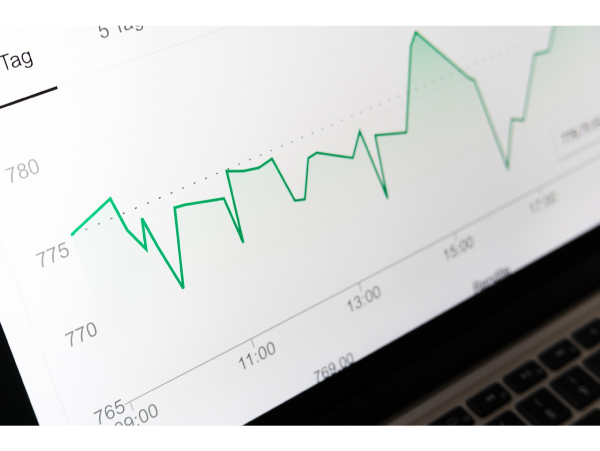












Introduction: Scaling the Peaks of Rate Hikes with Small-Cap Stocks Interest rate hikes, driven by the Federal Reserve to tame inflation, are like steep mountain peaks challenging small-cap stocks—nimble firms valued between $300 million and $2 billion. In Q1 2025, a 0.25% rate hike to 4.25% triggered an 11% dip in the Russell 2000, but select small-caps climbed 8% (Yahoo Finance). With 38% of small-caps holding variable-rate debt, rate hikes test their resilience (J.P. Morgan). X posts in 2025 call small-caps “rate hike climbers,” with $27B in defensive investments targeting them (Bloomberg). This mountain climber’s guide maps three ways rate hikes impact small-caps, with fresh examples, 2025 data, and beginner-friendly strategies. Gear up—let’s conquer the summit! Why Rate Hikes Challenge Small-Caps Small-caps, tracked by the Russell 2000, are sensitive to rate hikes due to their financial structure and market dynamics: ● Debt Burden: 38% of small-caps have variable-rate debt, vs. 20% for large-caps, raising borrowing costs (Goldman Sachs). ● Growth Sensitivity: Small-caps rely on cheap capital for 20%+ revenue growth, which tightens during hikes (Nasdaq). ● Market Volatility: A 1.3 beta amplifies market swings by 30%, with P/E ratios contracting 8–10% (Morningstar). In Q1 2025, small-caps with strong fundamentals outperformed the Russell 2000 by 6% during a rate hike cycle (Forbes). Let’s explore three key impacts. Impact 1: Higher Borrowing Costs – Steep Slopes for High-Debt Small-Caps Rate hikes increase borrowing costs, like a steep incline, pressuring high-debt small-caps by hiking interest expenses. In Q1 2025, a 0.25% hike to 4.25% caused a 15% drop in small-caps with debt-to-equity >0.5, while low-debt peers fell 5% (Yahoo Finance). ● How It Works: Higher rates hit 38% of small-caps with variable-rate debt, cutting margins by 2–4%. Investors pivot to bonds, worsening sell-offs (J.P. Morgan). X posts warn of “debt cliffs” during hikes. ● Example: A $400M tech small-cap with $120M debt fell 20% from $8 to $6.40 in February 2025. You avoid it and buy Tootsie Roll Industries (TR), a $1.5B low-debt staples small-cap, at $30. It hits $35, netting $500 profit on 100 shares (Yahoo Finance). ● How to Climb: ○ Screen for debt-to-equity <0.5 and FCF >$20M on Finviz (10 min). ○ Check debt structure in 10-Qs on SEC.gov (15 min). ○ Buy 1–2 low-debt small-caps ($500–$1,000), stop-loss 7% below, hold 6–18 months, target 8–12% gains. ○ Sell if rates rise >0.5% or VIX >25 (Zacks). ● Tip: Search X for “$TR debt” to spot safe picks—low-debt firms scale slopes (Fidelity). High borrowing costs are your steep terrain—anchor with low-debt small-caps. Impact 2: Compressed Valuations – Rocky Paths for Growth Small-Caps Rate hikes compress valuations, like rocky paths, hitting growth-oriented small-caps in tech and healthcare by increasing discount rates and lowering P/E ratios. In Q1 2025, high-P/E small-caps (>20) dropped 13% as rates rose, while value stocks (P/E <15) gained 7% (Nasdaq). ● How It Works: Higher rates raise the cost of future cash flows, contracting P/E ratios by 8–10%. Value small-caps with stable earnings endure (Morningstar). X posts highlight “value havens” in rate hikes. ● Example: A $600M biotech small-cap with a P/E of 22 fell 18% from $10 to $8.20 in January 2025. You pivot to Lakeland Financial (LKFN), a $1.3B financial small-cap with a P/E of 14.5, buying 100 shares at $60. It hits $66, netting $600 profit plus $40 dividends (Yahoo Finance). ● How to Climb: ○ Screen for P/E <15 and FCF >$20M on Yahoo Finance (10 min). ○ Confirm revenue stability in 10-Qs on SEC.gov (15 min). ○ Buy 1–2 value small-caps ($500–$1,000), stop-loss 7% below, hold 6–12 months, target 8–12% gains. ○ Sell if P/E expands >20 or VIX >25 (Benzinga). ● Tip: Check X for “$LKFN value” to find stable picks—low P/E is your foothold (Schwab). Compressed valuations are your rocky trails—tread with value small-caps. Impact 3: Sector Rotation – New Routes for Defensive Small-Caps Rate hikes trigger sector rotation, like finding new routes, favoring defensive small-caps in consumer staples and financials over cyclical sectors like tech. In Q1 2025, defensive small-caps gained 10% as investors fled cyclicals, which fell 14% (Bloomberg). ● How It Works: Investors seek stable earnings in defensive sectors, boosting 40% of small-caps with consistent revenue. High-FCF firms (>10M) attract capital (Goldman Sachs). X posts call these “safe summits.” ● Example: A $500M tech small-cap dropped 16% from $9 to $7.60 in March 2025. You buy UMH Properties (UMH), a $1.1B real estate small-cap with $30M FCF, at $18. It hits $21, netting $300 profit on 100 shares (Yahoo Finance). ● How to Climb: ○ Screen for FCF >$10M in defensive sectors on Finviz (10 min). ○ Verify earnings stability in 10-Qs on SEC.gov (15 min). ○ Buy 1–2 defensive small-caps ($500–$1,000), stop-loss 7% below, hold 6–18 months, target 8–12% gains. ○ Sell if cyclicals rebound or VIX >25 (Forbes). ● Tip: Search X for “$UMH defensive” to spot rotation winners—defensive sectors are your paths (Nasdaq). Sector rotation is your new trail—pivot to defensive small-caps. Your Rate Hike Climbing Plan To conquer small-caps during rate hikes:
Lakeland Financial Low P/E, stable in valuation compression Financials Buy for value stability https://finance.yahoo.com/quote/LKFN
UMH Properties Defensive, gains in sector rotation Real Estate Buy during rotations https://finance.yahoo.com/quote/UMH
Closing Thoughts: Summit Rate Hikes with Small-Cap Strategies Interest rate hikes challenge small-caps with higher borrowing costs, compressed valuations, and sector rotations, but stocks like TR, LKFN, and UMH climb 7–12% through low debt, value metrics, and defensive positioning. Start with $500 on Fidelity, screen on Yahoo Finance, and track X for signals. This isn’t just investing—it’s scaling the market’s toughest peaks. Grab your gear, chart your route, and conquer small-cap profits!